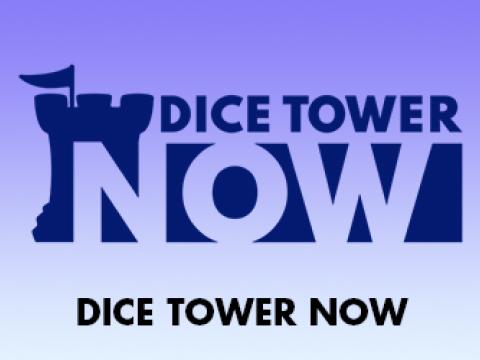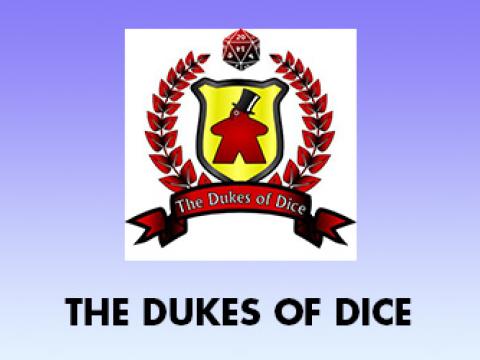
This episode, Grail Games loses evil genius Knizia but gains all the “Minion”s, Board & Dice hires a fantastic Family, and Galaxy Trucker keeps on truckin'. And long time contributors Chris and Kitty deliver their final Kickstarter report.
TOP STORIES (2:15)
- Christian Petersen Purchases Fantasy Flight Gaming Center
- Deckscape Crew vs Crew
- Capstone announces Imperial Steam
- Slugfest Games creates Dungeon Decorators
- Alley Cat Games follows up Dice Hospital with Dice Theme Park
- Exploding Kittens announces A Little Wordy
- UltraPRO brings legacy destruction with Cutterland
- Egyptian Kings expansion to Empires of the North coming from Portal Games
- Yokohama Roll and Write coming from OKAZU
- IELLO is making giant King of Tokyo Monster Box
- Galaxy Trucker reprint coming from CGE
- Fallout: Wasteland Warfare Mojave Expansion announced by Modiphius
- Upper Deck’s next Marvel Legendary expansion is Annihilation
- Treasure, Dragons and Adventures scenario coming to Catan Seafarers
- Grail Games loses Knizia classic games, but gains Minion Games
- Board & Dice hires Mik and Starla from Our Family Plays Games
NEW RELEASES (14:44)
- Rival Networks from Formal Ferret Games
- King of 12 by Lucky Duck
- Ruins of Mars from Aetheris Games
- Galaxy Hunters by IDW
- Sweetlandia from Ultra-PRO
KICKSTARTERS (18:03)
- Hippocrates
- 7 Moons
- The Shadow Planet
- Marvel United: X-Men
- Board Royale
- Cellulose: A Plant Cell Biology Game
- And a Monster Hunter World shoutout
CONNECT
- Follow our curated Twitter newsfeed @DiceTowerNow.
- Dig in with Corey at DiceTowerDish.com.
- Have a look-see at Barry’s wares at BrightBearLaser.com.
- Check out the Tabletop Game Talk podcast with Chris and Kitty.


